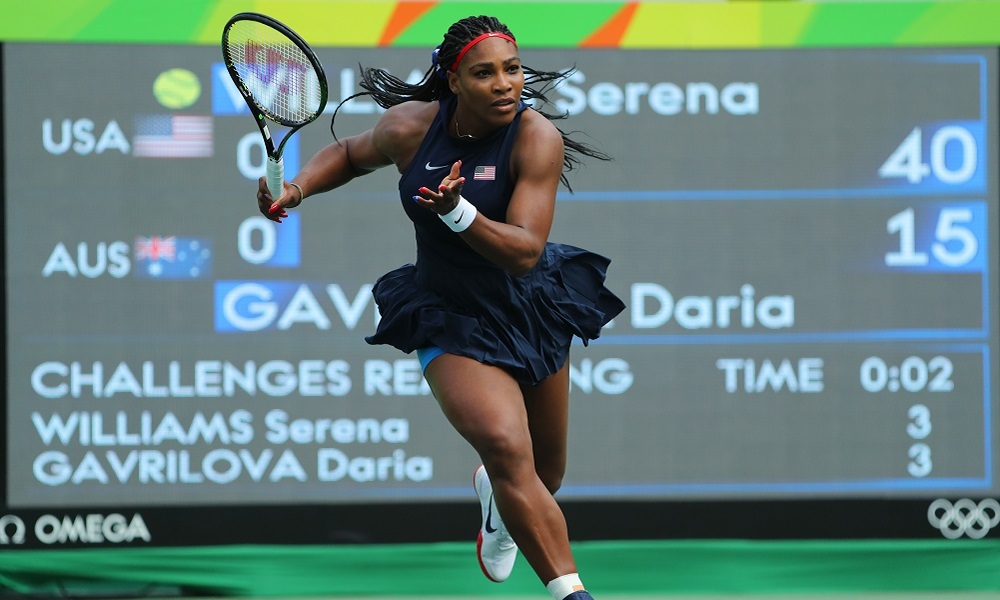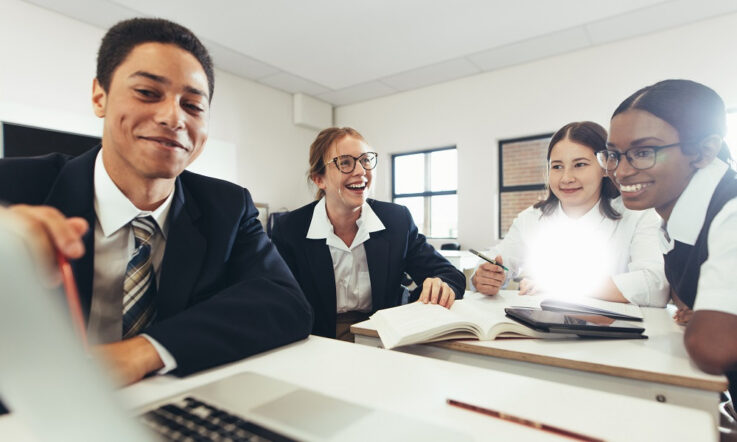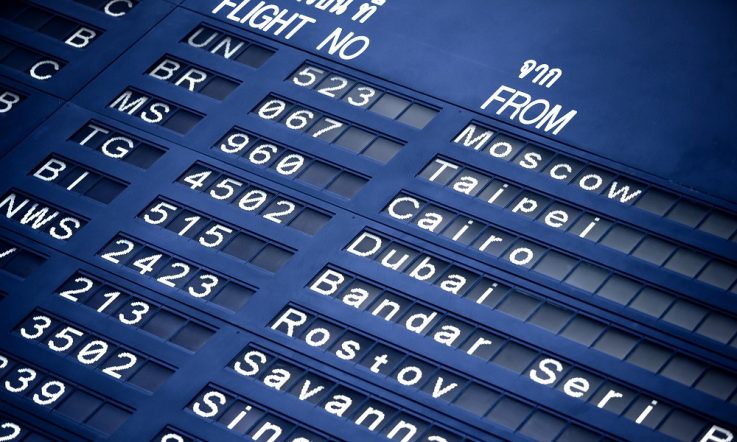Who was the Greatest of All Time (GOAT) of women’s tennis in 2018? Teams participating in this year’s International Mathematical Modeling Challenge (IM2C) were tasked with developing and applying a model to determine just that, and then further extend this model to find the GOAT of any individual sport of their choice.
IM2C is an annual competition that aims to support the real-world application of mathematical learning. Operating in teams of up to four students from the same school, participants are tasked with using their research, mathematical and creative abilities to develop a mathematical model to address a real-world problem.
Constrained to a period of five consecutive days, teams unpack the given problem, hypothesise, test, and develop a working solution, before preparing and submitting a report on their solution to the judging panel in their country. The competition is coordinated in Australia by the Australian Council for Educational Research (ACER).
ACER Research Fellow and IM2C Australia Director, Dr Kristy Osborne, said this year teams had to review and source their own data on the outcomes of major sporting competitions, in order to identify the GOAT.
‘After completing their model, teams prepared a one-page letter to the Director of a sports network, presenting their findings and explaining the process they used to find the GOAT,’ Osborne says.
Seventy-three teams from 31 schools submitted reports to the Australian judging panel before submissions closed in March 2021. The judges selected 14 ‘national finalists’ that produced reports strong enough for very close consideration and, from these, six team reports were given awards. Melbourne’s John Monash Science School will represent Australia at the international judging round, after two teams from the school collected the highest honour at national judging – an ‘outstanding achievement’ award.
Providing students with opportunity
John Monash Science School has been a national finalist in the challenge in four of past five years. Assistant Head of Mathematics at the school, Shane McLean, is an advisor to the two teams. He says that giving students autonomy over their learning is an important factor.
‘When collaborating with highly motivated and driven students, success often lies in allowing autonomy to these students. By providing the students with the opportunity to explore with focus and creativity they are able to produce work of the highest calibre,’ he says.
‘Amongst the participants of this competition, there has also been a friendly rivalry between teams within the school that has encouraged high expectations to be set for the students competing.’
McLean says John Monash Science School has always placed a strong emphasis on advanced problem solving and mathematical modeling.
‘This is encouraged through the curriculum and with cross faculty support in areas such as digital technologies. Year 10 students are given significant time to undertake a mathematical investigation. This, along with the availability of research competitions such as IM2C has supported the students to develop the necessary mathematical, technological, and creative skills to perform high quality investigations,’ he adds.
McLean says competitions such as IM2C are vital in providing opportunities for students to develop their understanding of high level mathematical problems. ‘These competitions give our students yet another avenue to develop their critical thinking skills as well as their mathematical and IT knowledge,’ he says.
The international results from IM2C will be announced in July.
Outstanding achievement
- John Monash Science School, VIC: David Yue, Emily Papastamatopoulos, Thomas Ma and Hita Keshav (Year 11), with advisor Shane McLean
- John Monash Science School, VIC: Ravon Chew and Harmohit Singh (Year 12), with advisor Shane McLean
Meritorious achievement
- Brisbane Boys’ College, QLD: Aparaj Boghawatta, Albert Chen, Hamish Buntain and Orlando Hunter (Year 12), with advisor Chicri Maksoud
- Brisbane Boys’ College, QLD: George Gao, Matthew James Cranitch, Matthew Feros and Miguel Kanissery (Year 12), with advisor Chicri Maksoud
- Sydney Boys High School, NSW: Arnav Bansal, Saksham Bhatia, Blair Zong and Ryan Lee (Year 12), with advisor Andrew Wang
Honourable mention
- Presbyterian Ladies' College Sydney, NSW: Amy Yuqing, Julia Zhiyuan, Anastasia Prokhorov and Lydia Kim (Years 9 & 10), with advisor Gavin Sinclair
Other national finalists
- Brisbane State High School, QLD: Alexander Arthur, Eunsu Choi, Jed Hoo and Dennis Schachtner (Years 10 & 11), with advisor George Orfanos
- Caulfield Grammar School, VIC: Zentu Kong, Clancy Woodburn, Michael Liu and Wayne Wang (Years 10 & 11), with advisor Kulan Ranasinghe
- Glenunga International High School, SA: Isaac Jacobs, Arth Tiwari, Rishab Sridhar and Anaita Sharma (Year 11), with advisor John Connell
- Lyneham High School, ACT: Viraan Epasinghe, Arun Saravanan, Hanyang Li and Tae-Wan Kim (Year 10), with advisor Bhavya Bhalla
- Perth Modern School, WA: Elle Chentang, Alliana Yang, Angela Deng and Nisani Gunawardhana (Year 12), with advisor Isaac Kigodi
- Pymble Ladies’ College, NSW: Caitlyn Tan, Martina Chin, Annelise Koh and Aileen Hao (Year 10), with advisor Catrina Kerr
- Sydney Boys High School, NSW: Eric Hong, Ewen Ji, Xiaozong Jin and Justin Vu (Year 10), with advisor Andrew Wang
- Somerville House, QLD: Adwoa Amoako, Leonie Kong, Caitlin Laurie and Michelle Lian (Year 11), with advisor Trevor Redmond
The International Mathematical Modeling Challenge (IM2C) is a team challenge. In your mathematics lessons, how often do you provide students with the opportunity to participate in group tasks that require shared responsibilities and the use of team work?
To learn more about the Australian challenge, including how to get involved next year, visit the IM2C website.



